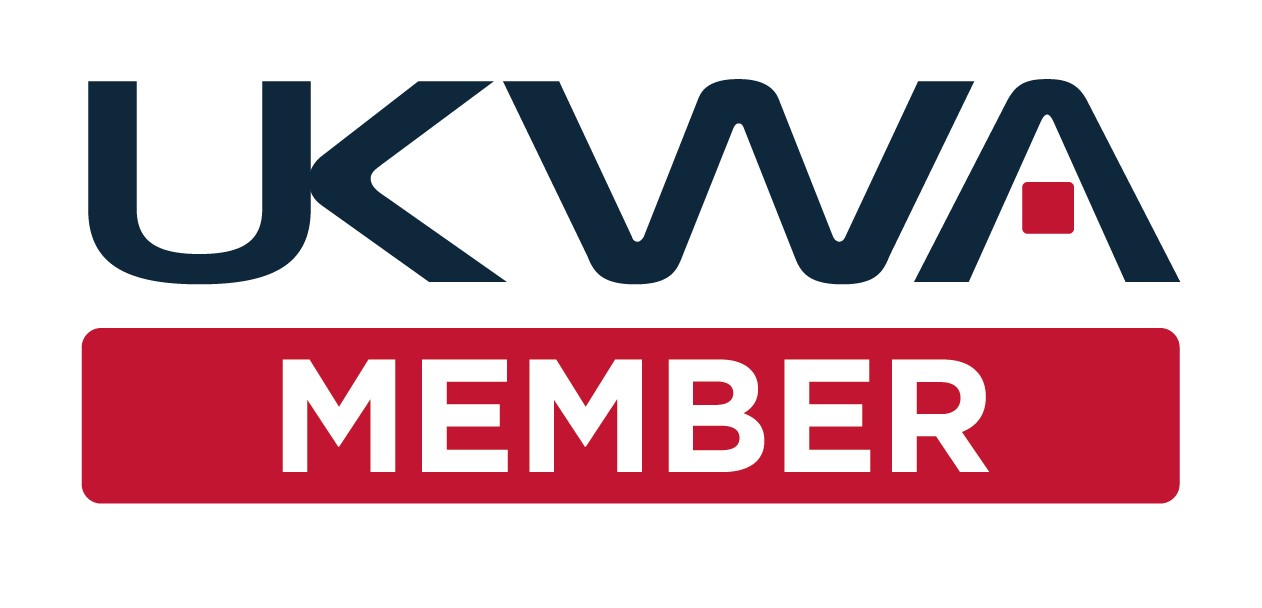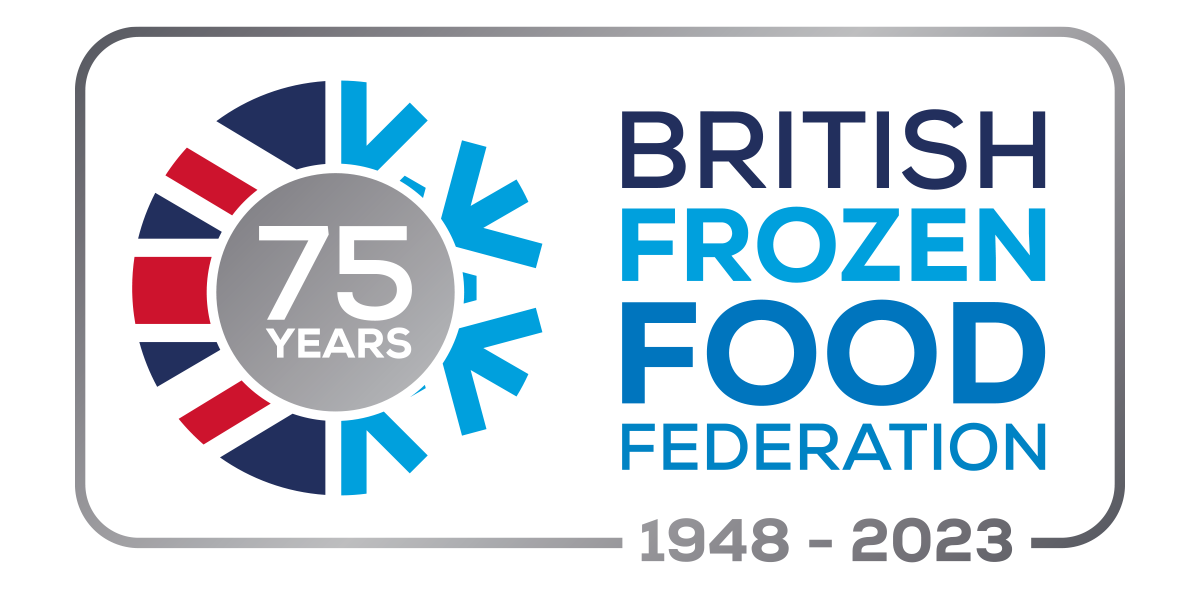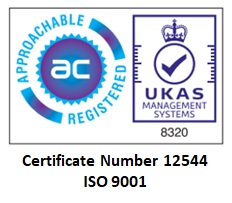How to set up a barcode system for your 3PL warehouse
How to set up a barcode system for your 3PL warehouse
How to set up a barcode system for your 3PL warehouse
Why should you implement a barcoding system?
Improve the productivity and profitability of your warehouse and stock – inventory management with the right type of barcoding and labelling system. One which records data quickly and efficiently and transfers it instantly to your WMS Warehouse Management System without staff having to physically record or transfer any information. Not only is it far more accurate than manually entering data, but it also saves labour hours and lost inventory, and simplifies your goods receiving, stock – inventory identification and picking, bulk storage and warehousing, and shipping.
Barcode labels ensure accurate and efficient recording and monitoring of stock quantities, receipts, sales and movement, and they also identify locations of individual items, pallets and shipments. This is of particular importance, for example, in pharmaceuticals, healthcare and chemicals warehouse operations with their strict regulatory and compliance controls around traceability.
Do you really need a barcode inventory system?
How do you decide if you really need a barcoding system?
If you are in any of the following businesses, the question should rather be, can you afford to be without one?
- If you manage a Warehouse, Supply Chain distribution centre or a 3PL Logistics operation with a large number, or multiple types of, inventory items. This even applies to eCommerce, eFulfilment and Retail operations managing large stock volumes.
- If your third-party customer retailers or vendors use barcodes and they require them from you.
- If you manage an MRO system (maintenance, repairs and operations).
What do you need to know before you purchase and set up a barcode system?
- Understand the labelling system, automatic data collection devices, software, integration with your WMS Warehouse Management Software facility layout, and mechanics of your business and logistics operations.
- Decide between barcode, RFID or hybrid identification technology.
- Partner with a full-service WMS and ERP provider such as Principal Logistics Technologies to advise you on exactly the right choice for your business, provide the correct WMS system, supply, configure and integrate your barcoding system and maintain the system for you, cost-effectively.
What are the types of barcoding systems?
Barcode types are usually categorised into three main groups: numeric, alphanumeric, and two-dimensional (the latter also known as a QR code) with about 100 symbologies, which is the name for the method of representing numeric or alphabetic digits using bars and spaces that are easily scanned by computer systems
o Numeric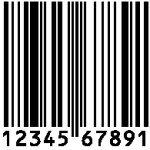
o It is considered to be one-dimensional and includes only numbers and bars of various widths.
o It contains about 12 of the 100 symbologies.
o The most popular in retail is the Universal Product Number (UPC) code, which contains product identity and manufacturer information.
o EAN codes identify the article number and are usually found at the point of sale.
o Industrial, interleaved, standard and Code 11 barcodes are popular with warehouses, businesses, industry, telecommunications, and airlines.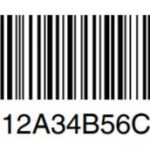
- Alphanumeric:
o It is also considered to be one-dimensional and consists of a combination of numbers and letters and bars of various widths.
o Various symbologies exist for categories such as libraries, store shelves, automotive parts and defence industries.
- Two-dimensional (QR code)
o QR – means “quick response” codes.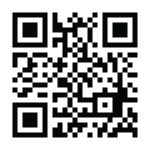
o Usually a square or rectangular shape with a combination of short lines, dots, and geometric shapes, while some include data matrix codes used in electronics and logistics.
o This type became popular with the increasing use of smartphones, for applications and shopping.
o Because they can store information on both the vertical and horizontal planes, they can provide hundreds of times more data than the other two types of barcode.
o It can store information such as brand name, model number, maintenance records, telephone numbers, login details, online account information, and links to websites.
o Often used in inventory management, maintenance, transportation, the travel industry, software applications, and playstores.
Six steps to set up your barcode system
1. Define all your Stock Keeping Unit Codes (SKUs) and their variants
o This is the most time-consuming part of setting up a barcode system.
o The SKUs are unique alphanumeric identifiers of each item on the inventory. They contain all the information you require and are computer generated so they cannot be guessed easily.
o Start by entering a list of all items in your inventory into a database or spreadsheet, which will be needed to generate the SKUs.
o To distinguish between items and make your inventory easier, include information like the physical description of the item, specific model, item measurements, purchase cost, vendor information, minimum stock required in your inventory, etc.
o The software you choose will generate the SKUs and barcodes.
2. Define the type of barcoding system you want to use
Numeric, alphanumeric, QR (two-dimensional) according to the complexity and volume of your inventory.
3. Choose a barcoding inventory software system from 30+ years expert, Principal Logistics Technologies
For expert advice and service to match your company’s requirements, contact Principal Logistics Technologies by email at info@principalsystems.com ; telephone +44 (0)121 368 0057; or website https://www.principallogisticstechnologies.com
4. Select the appropriate scan engine and scanners matching your system
The most advanced scanners take a detailed picture of any barcode for analysis and can read barcodes off your computer or mobile device.
5. Integrate your WMS Warehouse Management Software and barcode system
6. Put your barcoding inventory into operation
o Organise item placement and warehouse layout
o Print all the barcodes and place them on each item
o Train your staff
o Audit all stock
Previous Article
Speciality Chemicals: Production & Productivity OptimisedNext Article
Business Intelligence & AnalyticsWe'll assume you're OK with this, but you can opt-out if you wish.Accept Reject Read More


